10 UNESCO World Heritage Sites in Danger
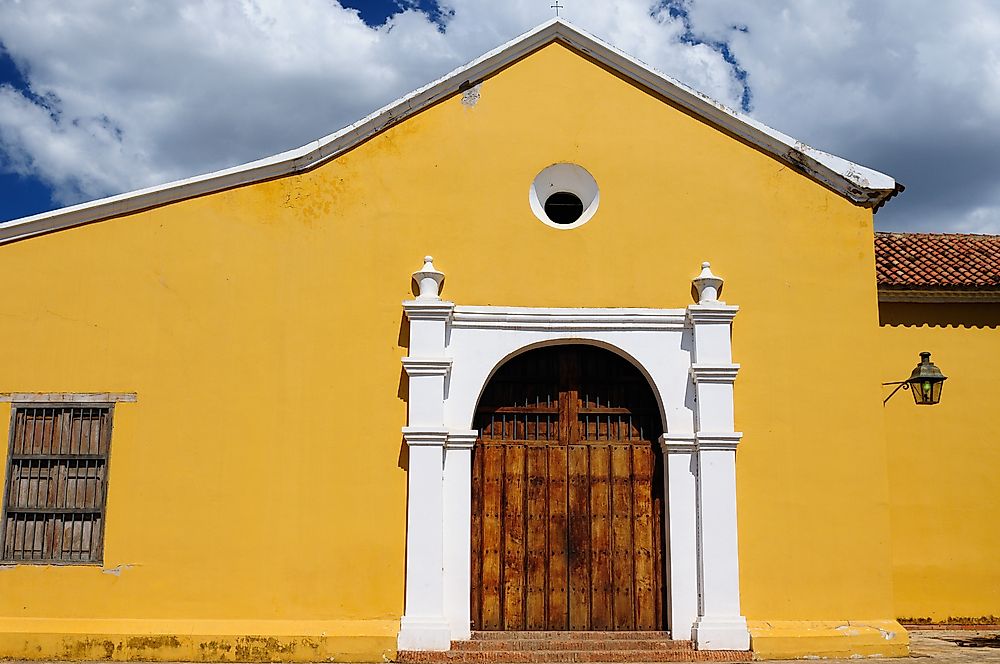
UNESCO World Heritage Sites are important cultural and natural places that preserve the history or nature of a place or country. UNESCO recognizes the way in which people and nature interact and the importance of preserving the balance between the two. While the United Nation compiles a list of heritage sites, it also has another list of sites that are considered to be in danger of losing their heritage status. The list of endangered world heritage site creates awareness on the threat to the features for which a property was listed as a heritage site and to challenge the governments to take action to rescue and protect the sites.
10. Coro and its Port - Venezuela
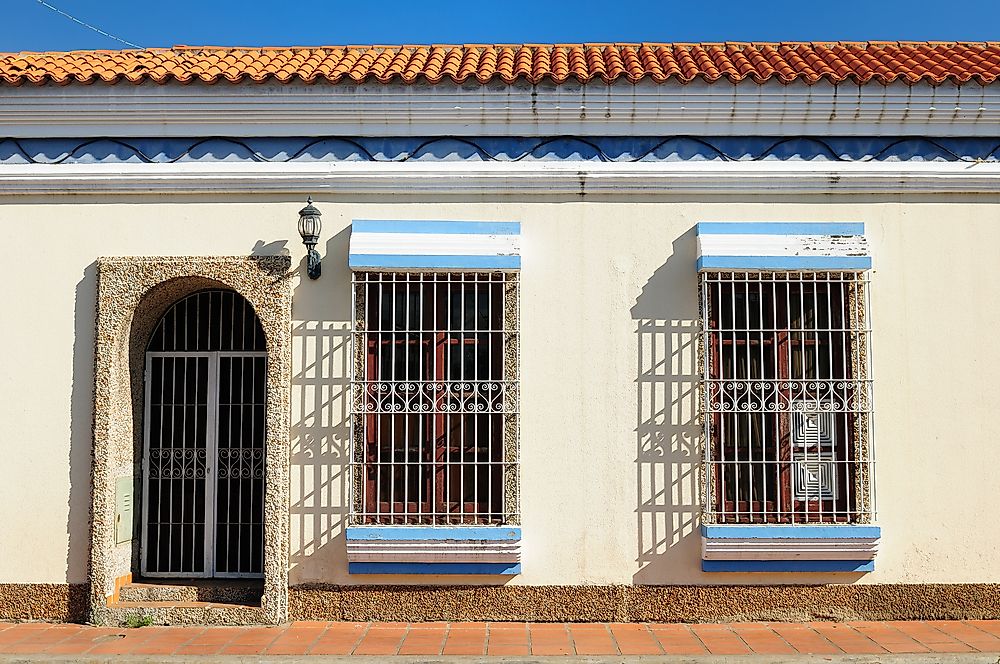
Coro is the oldest city in Venezuela and one of its earliest colonial towns, established in 1527. It is located on the coast of Falcon State, a few miles from its ports in the Caribbean Sea. Coro and its port have a wide cultural tradition that originates from the urban settlement founded by the Spanish who colonized the interior of the continent. The buildings of Coro and its Port La Vela are earthen and display the unique examples of traditional mud building techniques. It was designated a heritage site in 1993.
However, it was listed as an endangered site in 2005 due to the climate change, particularly the heavy rains which have caused significant damages to the city. The earthen technique used in building the Coro and its port is highly vulnerable to heavy rains as the earth has a low resistance to moisture.
9. City of Potosi - Bolivia
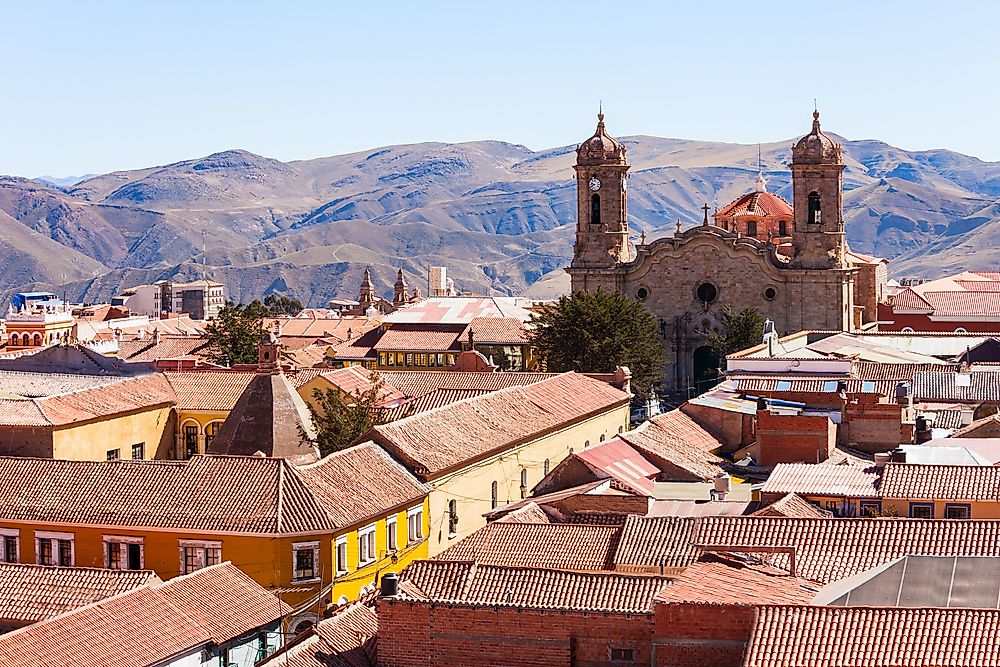
The city of Potosi was the largest industrial complex in the world in the 16th century. It is made up of an industrial monument of Cerro Rico where water is provided by artificial lakes and aqueduct. The city is an example of a major silver mine in the modern era. It became an Imperial City in 1572 and prospered greatly following the discovery of world’s biggest silver lodes. The streets of Potosi are characterized by colonial-era buildings that blend perfectly the indigenous design with the Baroque architecture. The city of Potosi was inscribed as a heritage site in 1987. However, the city was listed as "in danger" in 2004 due to to a combination of ongoing mining and the lack of buffer zone.
8. Rainforests of the Atsinanana - Madagascar
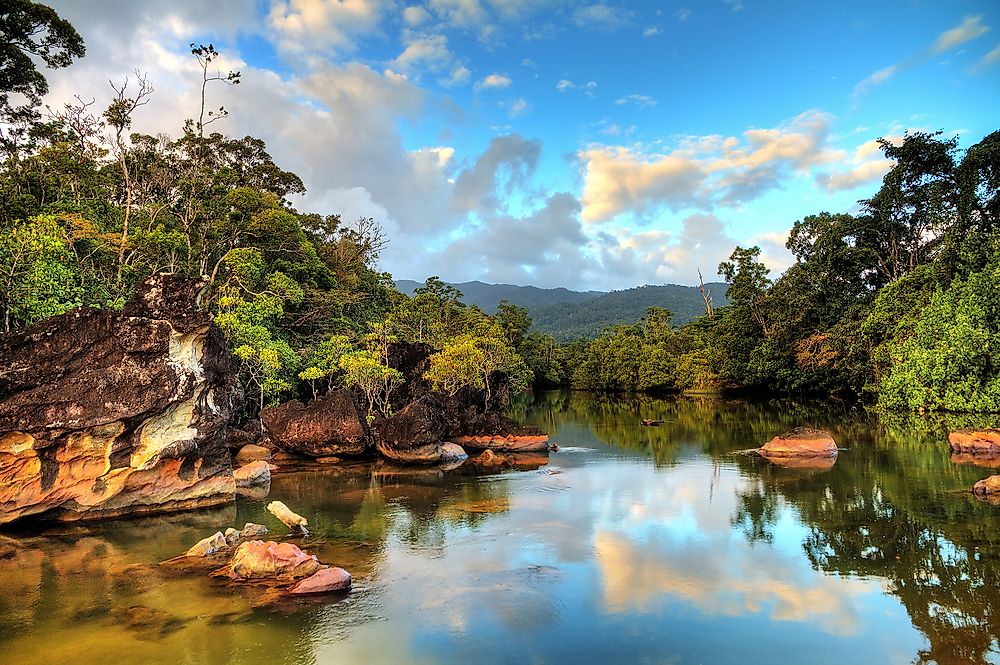
The rainforests of the Atsinanana comprises of six national parks which cover the eastern portion of Madagascar. The forests are significant to the preservation and maintenance of the country’s unique biodiversity. They also support threatened and endangered species.
Madagascar’s plants and animals are considered unique because they evolved in isolation after the country separated from all other land masses 60 million years ago. The forests were inscribed as a heritage site in 2007. Rainforests of the Atsinanana was inscribed as "in danger" due to the illegal logging and hunting of the endangered species such as lemur.
7. Kahuzi-Biega National Park - Democratic Republic of the Congo
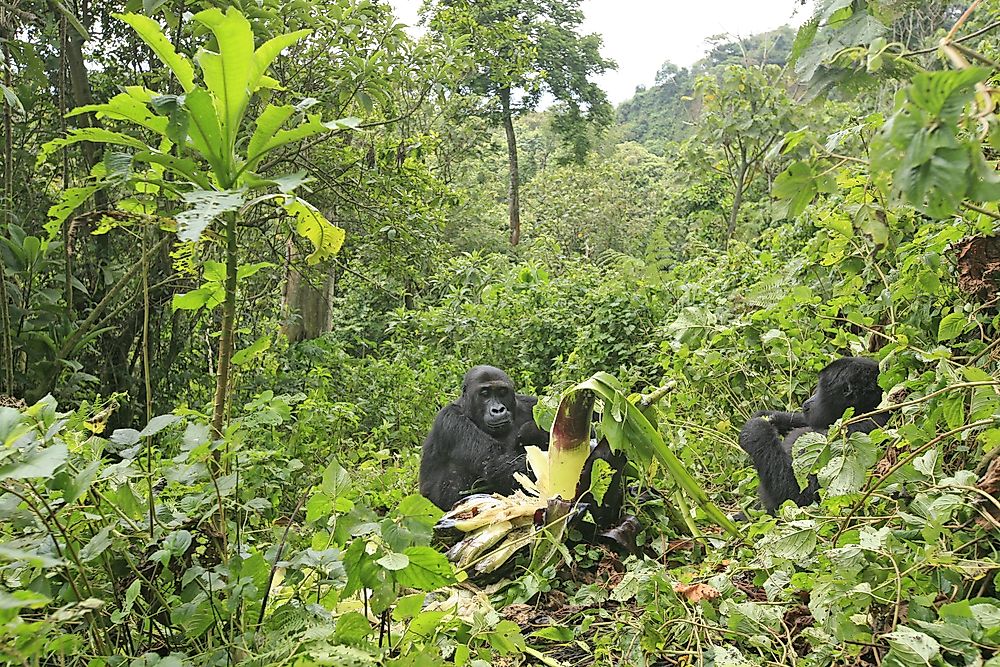
Kahuzi-Biega National Park is a vast area dominated by the extinct Kahuzi and Biega volcanoes. The vast tropical forest is dominated by diverse and abundant fauna including the eastern lowland gorilla. The national park offers protection to the rainforest and about 250 gorillas. It is also one of the most ecologically rich regions worldwide. The national park protects 136 species of large mammals such as primates and 1,178 species of plants. The mountains are covered by vegetation from the summit to the lowland region.
The property was inscribed in 1980. However, political instability has led to a large decline in the number of animals in the park. There is no buffer zone around the park which does little to prevent illegal hunting and logging.
6. Old Walled City of Shibam - Yemen
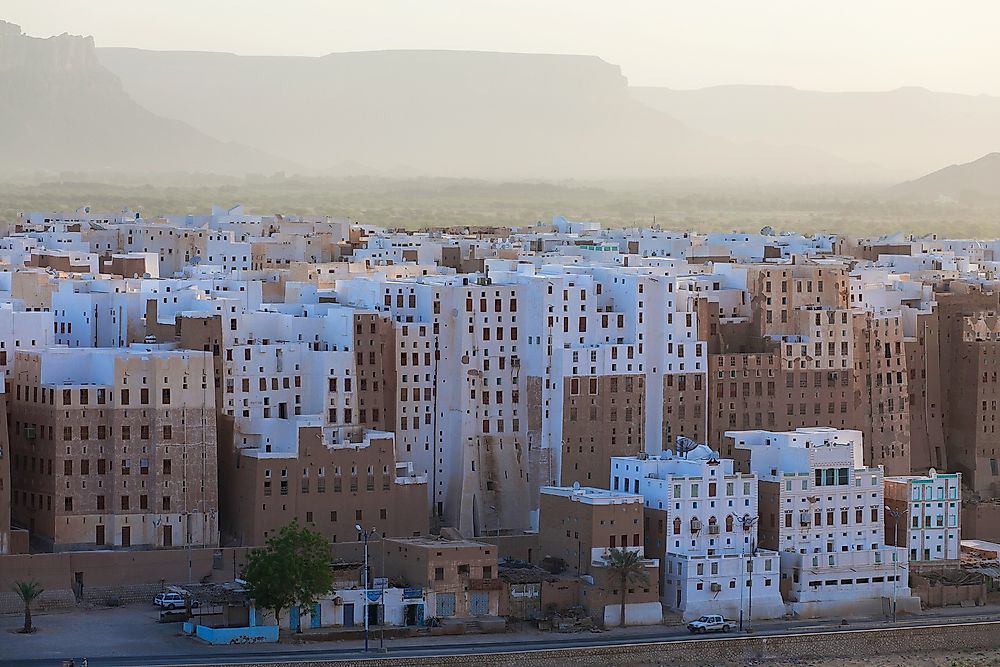
Shibam is a 16th-century city surrounded by a fortified wall. It is said to be one of the earliest examples of vertical urban planning. The tall mud-bricked towers rise out of the cliff edge of Wadi Hadramaut.
The city was inscribed in 1982. The city is faced with threat of potential flooding as was the case in October 2008. Armed conflict and management problems are also some of the potential threats to the site, particularly surrounding the ongoing Yemeni Civil War.
5. East Rennell - Solomon Islands
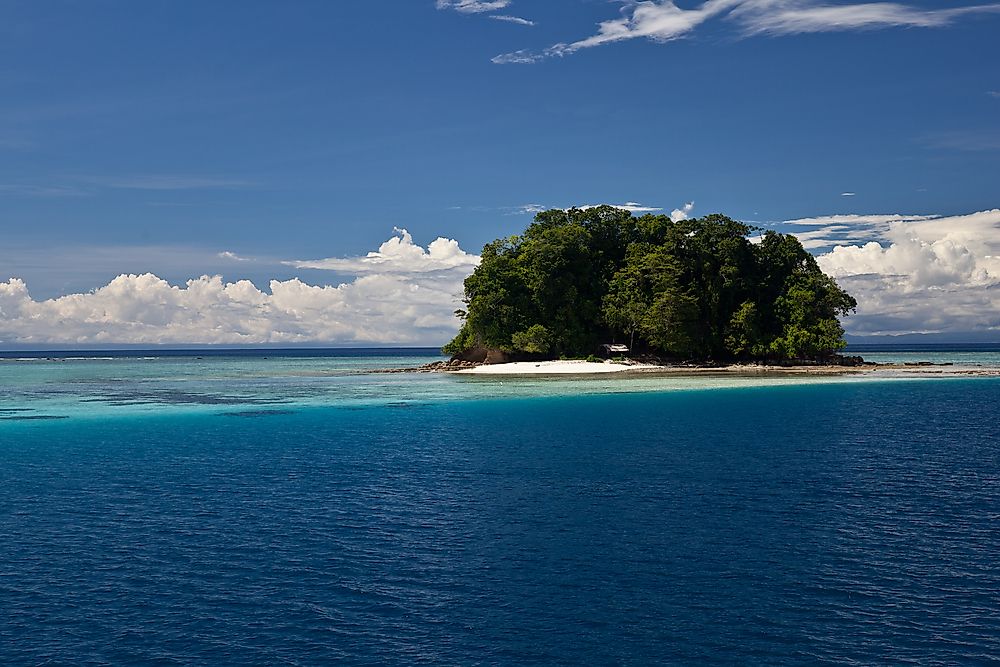
Rennell Island is located on the southern part of Solomon Island. East Rennell is the world’s largest raised coral atoll. It constitutes over 35,000 hectares with the marine area stretching several miles to the sea. The prominent feature of East Rennell is Lake Tegano, the largest lake in insular Pacific. The lake’s water contains several rugged limestone islets. The island harbors several endemic species including sea snake while the surrounding terrain is covered by indigenous forest with rich biodiversity. East Rennell is listed as in danger due to the damage to the site by extensive logging which has significantly affected the local ecosystem.
4. Tropical Rainforest Heritage of Sumatra - Indonesia
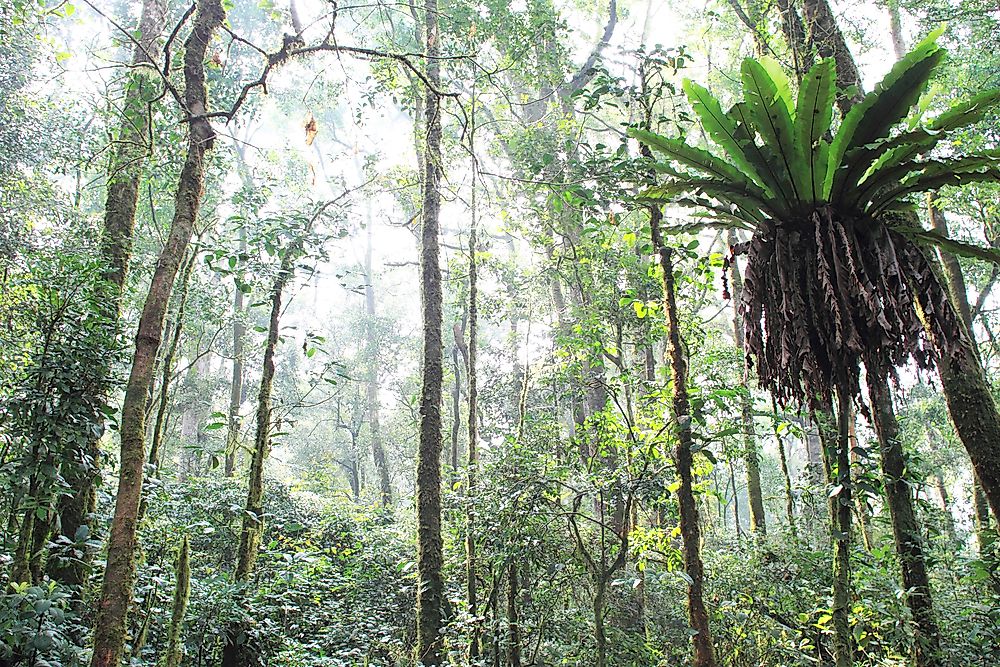
The Tropical Rainforest Heritage of Sumatra covers an area of over 2.4 million hectares. It is made up of three parks namely Gunung Leuser, Kerinci Seblat, and Bukit Barisan Selatan. It is a site for the conservation of biodiversity of Sumatra. Its biodiversity is exceptional in terms of uniqueness and species richness. The three parks account for more than half of the total plant species in Sumatra. TRRHS was listed as a heritage site in 2004. However, in 2011 it was listed as "in danger" due to the threats of road development, poaching, excessive logging, and agricultural encroachment.
3. Medieval Monuments in Kosovo - Kosovo
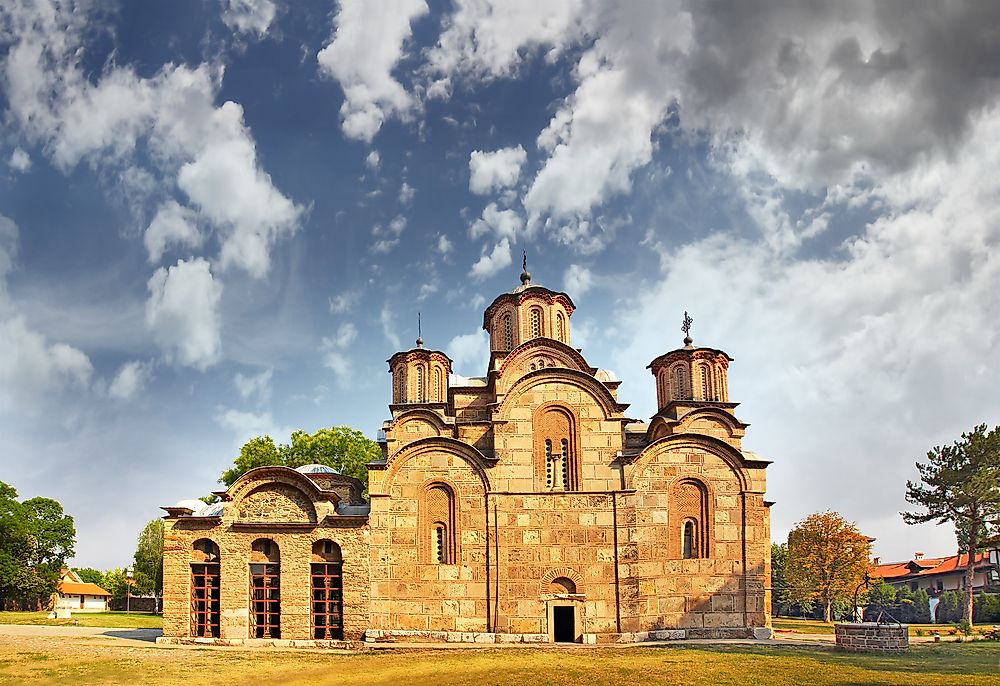
The Medieval Monuments consist of four Serbian Orthodox Christian Churches and monasteries. The sites are located in the disputed territory of Kosovo. The property was listed as a heritage site in 2004. The monuments have suffered major attacks, especially during surges of ethnic violence in 2004.
During the violence, Our Lady of Ljevis was severely damaged. The church has also been subject to looting in the past. The site was listed as "endangered" by UNESCO in 2006 and the effort to repair it has not progressed well.
2. Belize Barrier Reef System - Belize
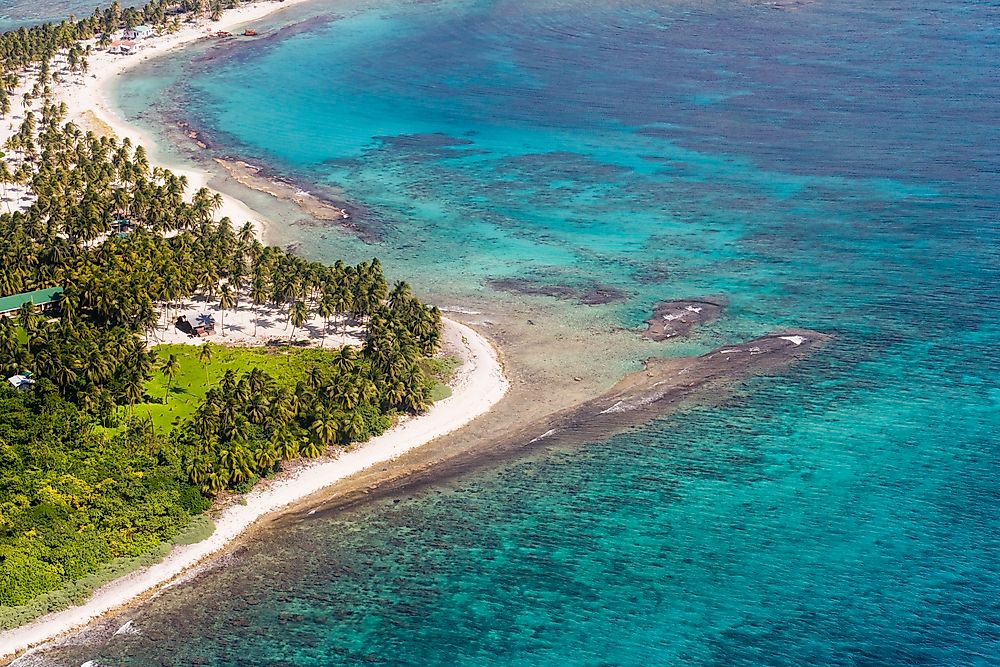
Belize Barrier Reef in Belize is a large barrier reef in the northern hemisphere. It is an important habitat for many threatened species including marine turtles and American marine crocodiles. The Reef System is also a home to some of the top predators on land, sea, and air. 178 terrestrial plant species and over 500 species of fish are also found within the reef system. Belize Barrier Reef System was listed as a heritage site in 1996. The threats that impact the property include overfishing and hunting of marine resources, excessive development, and the proposed exploration in the area.
1. Everglades National Park - USA
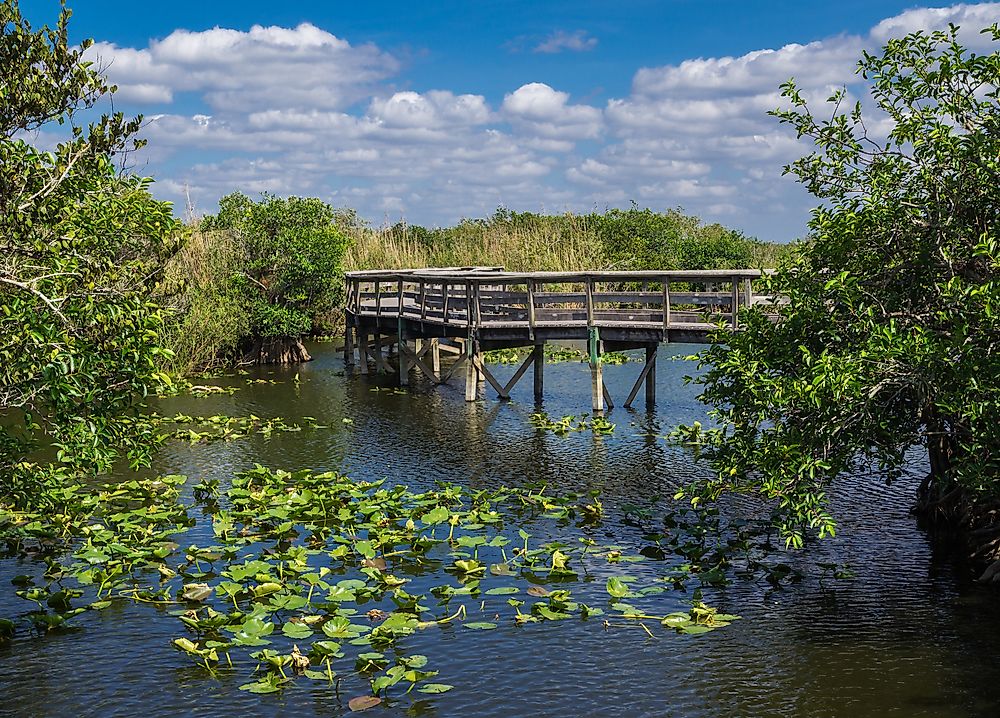
Everglades National Park is in the south of the state of Florida, USA. Its water habitat has turned it an important dwelling for several birds and reptiles. The national park is one of largest sub-tropical wilderness reserves on the continent of North America. It contains complex biological processes ranging from basic algae to major predators such as crocodiles and alligators. The park was listed as a heritage site in 1979 but has been added to the endangered list, first in 1993 then recently in 2010. The degradation of the property has been as a result of a loss of marine and the significant decline in the marine species.











